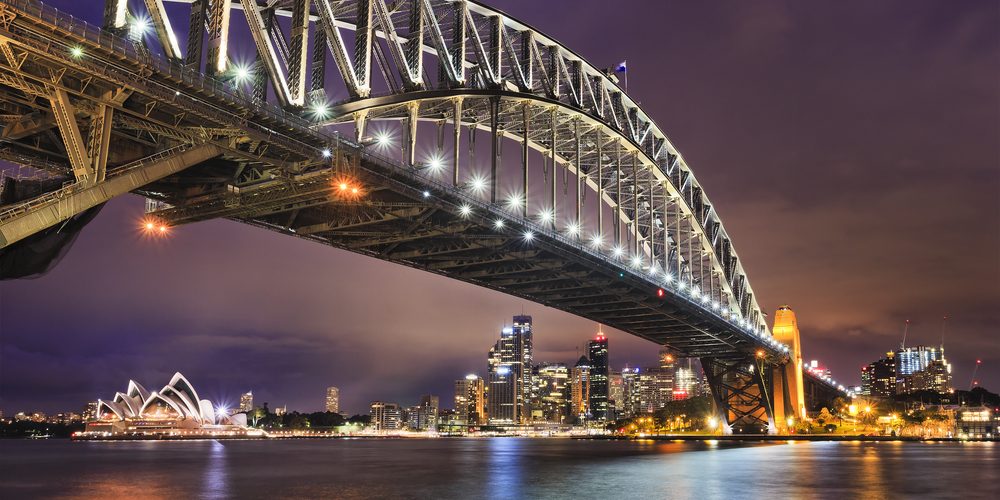With the end of the year fast approaching, it’s the perfect time to take stock and look at some of the current world-record-setting bridges, including the longest, highest, widest, most trafficked — and the one built using the most bricks. Some of the bridges have held their records for a short time. Others have maintained their status for decades.
Use the list to inspire your bridge development projects in the year ahead.
The world’s tallest bridge
Millau Viaduct, France
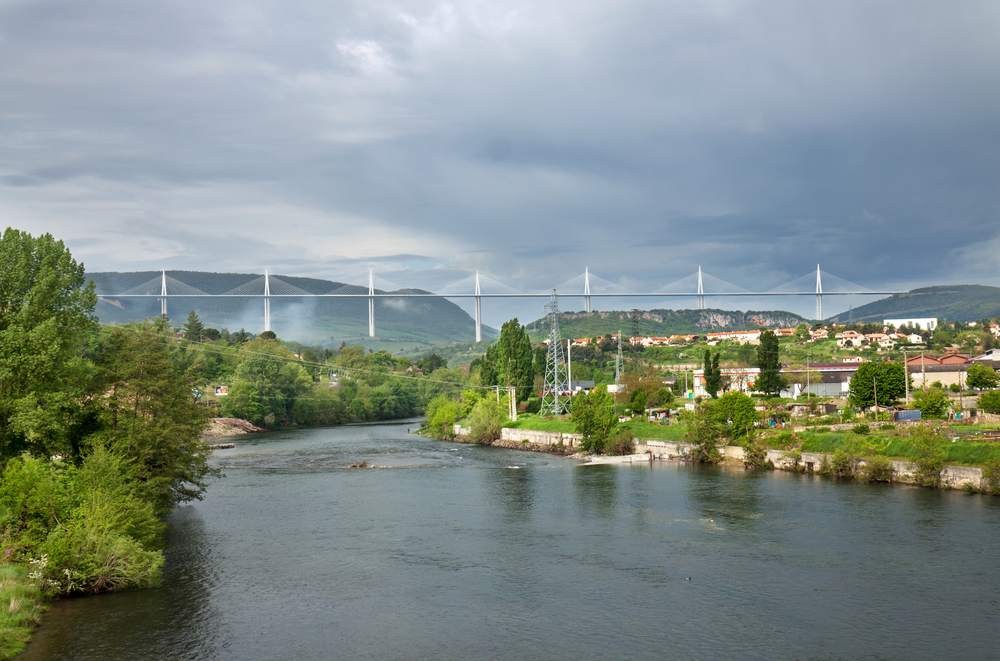
Millau Viaduct, the world’s tallest bridge
It took 17 years from original sketches to its completion in 2004 to build the world’s tallest bridge. It was developed to help prevent summer traffic jams for travelers heading out of Millau in the south of France on their way to vacation destinations in Spain.
The bridge is an extraordinary feat of engineering. It’s supported by the tallest pylons in the world, at 803 feet. It also has the highest bridge deck in Europe, at 886 feet.
Most significantly, it reaches 1,125 feet at its highest point, which makes it the tallest bridge on the planet. It’s taller than many buildings that are considered skyscrapers, including the Chrysler Building in New York City.
What’s notable about this bridge is that it’s not only structurally sound but also a sleek and attractive addition to its natural setting. It’s not surprising that this bridge has turned Millau into a destination for tourists from all over the globe.
Interesting fact: The Millau Viaduct is not open to pedestrians. However, if you’re a runner, you can take part in the Course du Viaduc de Millau, which is a 14-mile race that crosses the bridge.
The world’s widest bridge
Sydney Harbor Bridge, Australia
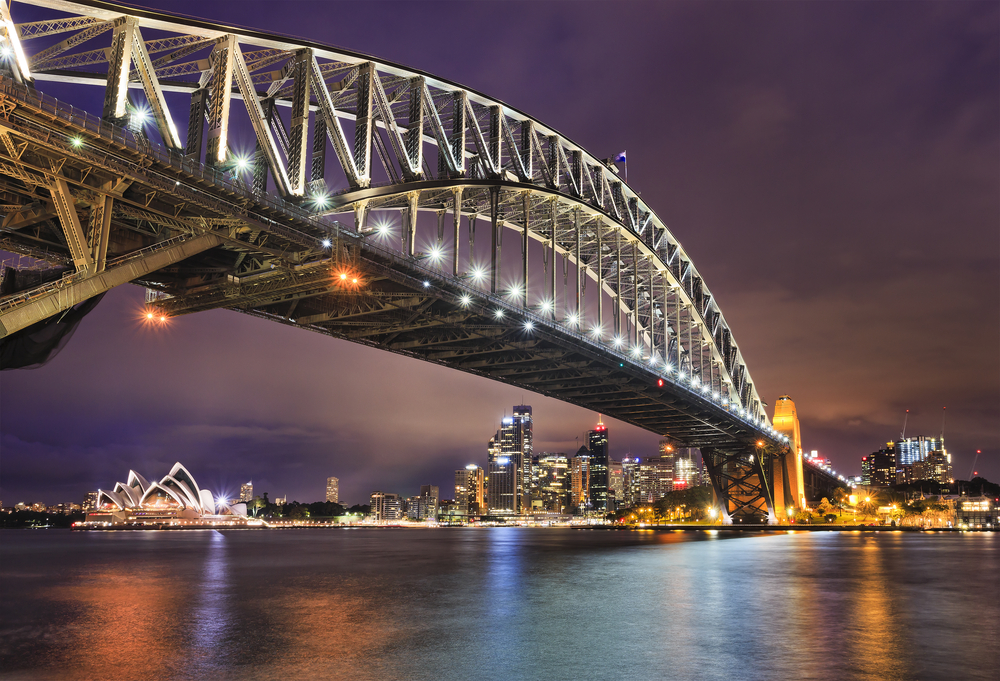
The Sydney Harbor Bridge is the widest in the world.
This bridge not only carries traffic, it also has two railroad tracks, a bicycle path, and a pedestrian walkway running across it. That’s why it was necessary to design it as the world’s widest bridge, at 160 feet, a record it has held since 1932, when it was completed.
This suspension bridge connects Sydney’s bustling business district with a residential area.
Interesting fact: The Sydney Harbor Bridge has a vantage point with unique views of the city and its harbor. It’s called the Pylon Lookout and can be accessed off the walkway near the eastern side of the bridge. Be warned: There is a cost of admission, and you will need to climb about 200 steps to reach the vantage point.
World’s longest sea crossing
Hong Kong-Zhuhai Bridge, China
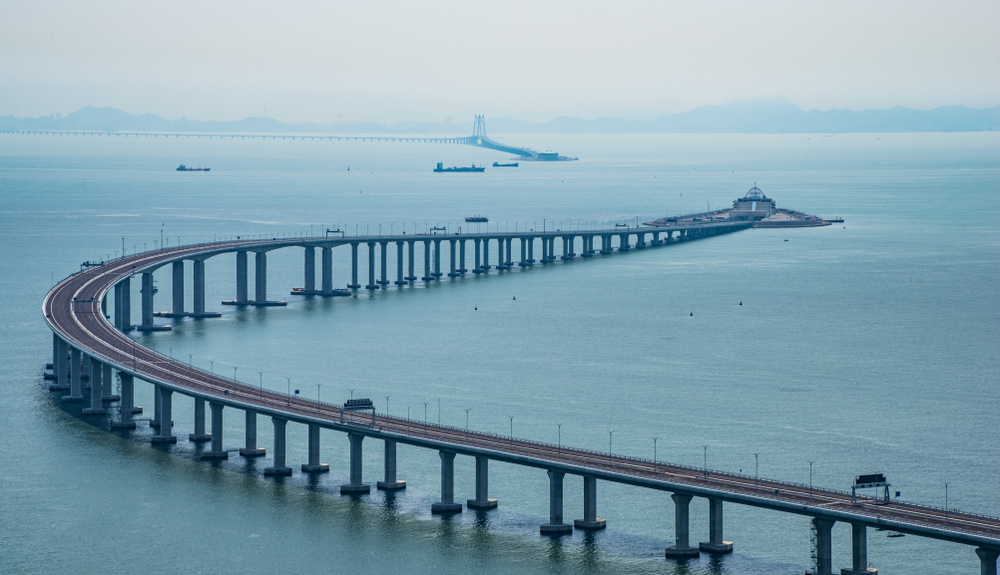
This year, the world’s longest sea crossing opened to traffic, almost a decade after construction began and roughly two years behind schedule. The overall structure, including the bridge, is 34 miles long and connects Hong Kong to Macau and the mainland Chinese city of Zhuhai. To allow ships to pass, an over-four-mile section in the middle dips into a tunnel under the sea that runs between two artificial islands.
The entire structure cost $20 billion to build, with the main bridge alone taking up a third of the total budget.
The project, often referred to as the “bridge of death,” was marred by significant safety issues. Reports say that 18 people died while working on it and hundreds more were injured.
A special permit is needed to cross the bridge, and all vehicles are required to pay a toll. There is no public transport service on the bridge, although private buses cross it.
Interesting fact: The Hong Kong-Zhuhai Bridge was built with yawn cams. These special cameras look out for drivers who show signs of being sleepy. They are connected to systems that report these drivers to local authorities.
The world’s longest bridge (overall)
Danyang-Kunshan Grand Bridge, China
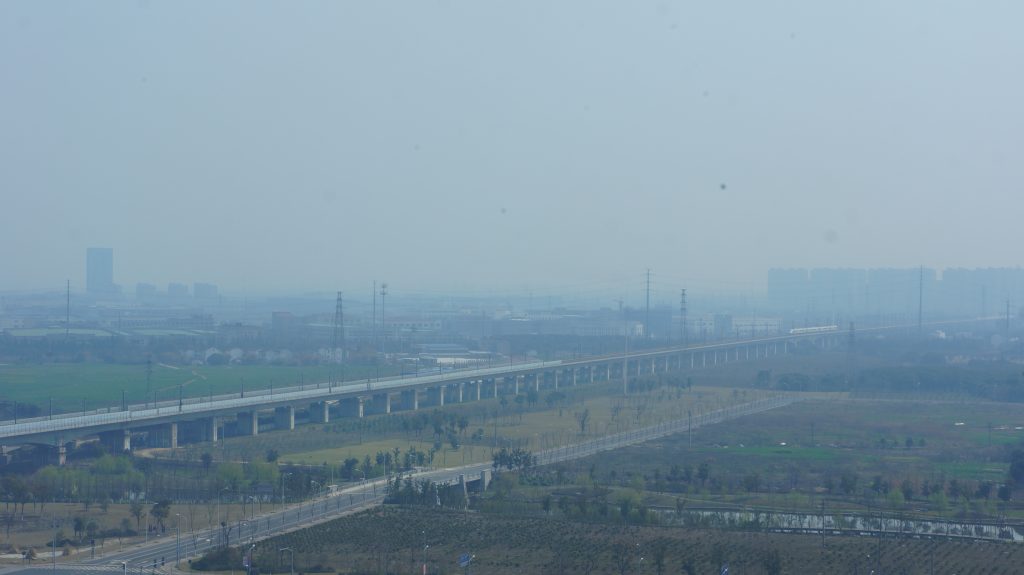
A small section of the massive Danyang-Kunshan Bridge.
This railway bridge, which opened to the public in June 2011, is the world’s longest at just over 102 miles. It’s part of a $33-billion expansion of the Beijing-Shanghai Railway. It was developed to double capacity on the route between the two cities to 80 million passengers annually. The high-speed rail line that crosses the bridge travels at speeds approaching 190 miles per hour. This has cut the time of what used to be a 10-hour trip in half.
Interesting fact: China is home to 11 of the world’s 15 longest bridges.
Longest pedestrian suspension bridge
Charles Kuonen Suspension Bridge, Switzerland
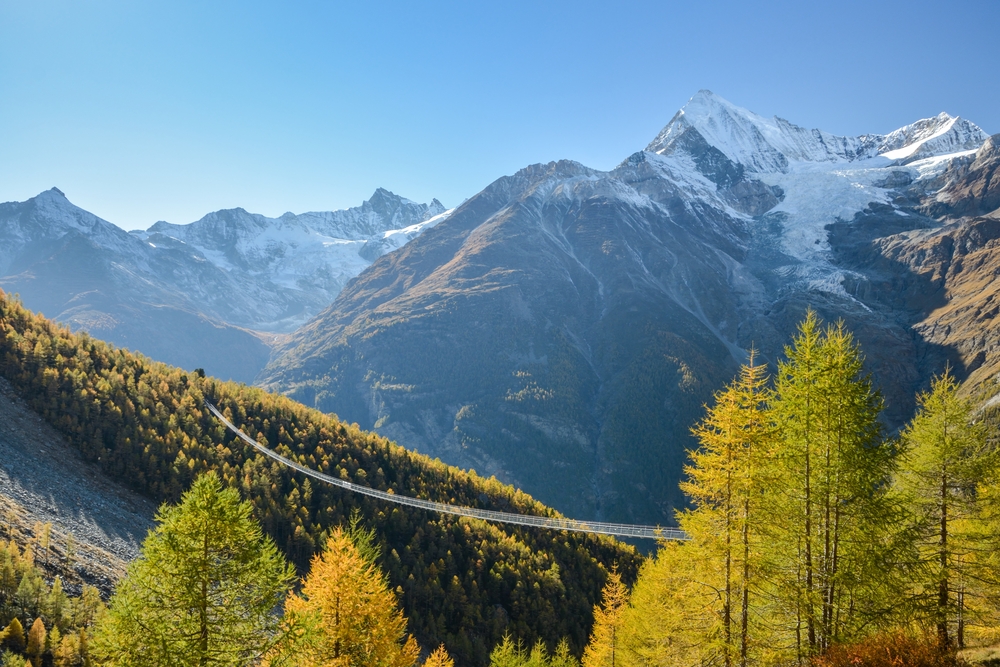
The Charles Kuonen Suspension Bridge provides hikers with one-of-a-kind views.
This pedestrian-only bridge is just over 1,600 feet long and rises almost 280 feet. It opened in July of 2017, replacing an older structure that was damaged by falling rocks. The bridge offers unique views of the Matterhorn, Weisshorn, and Bernese Alps.
The Charles Kuonen Bridge crosses a valley, connecting the towns of Zermatt and Grächen. It reduces the time to cross the valley from almost four hours to approximately 10 minutes. (The total hiking time between Zermatt and Grächen takes about two days.)
Interesting fact: Experts recommend that people with a fear of heights plan ahead before crossing the bridge. They may have to close their eyes or have a friend or guide walk along with them.
Most traffic on a bridge
George Washington Bridge, New York
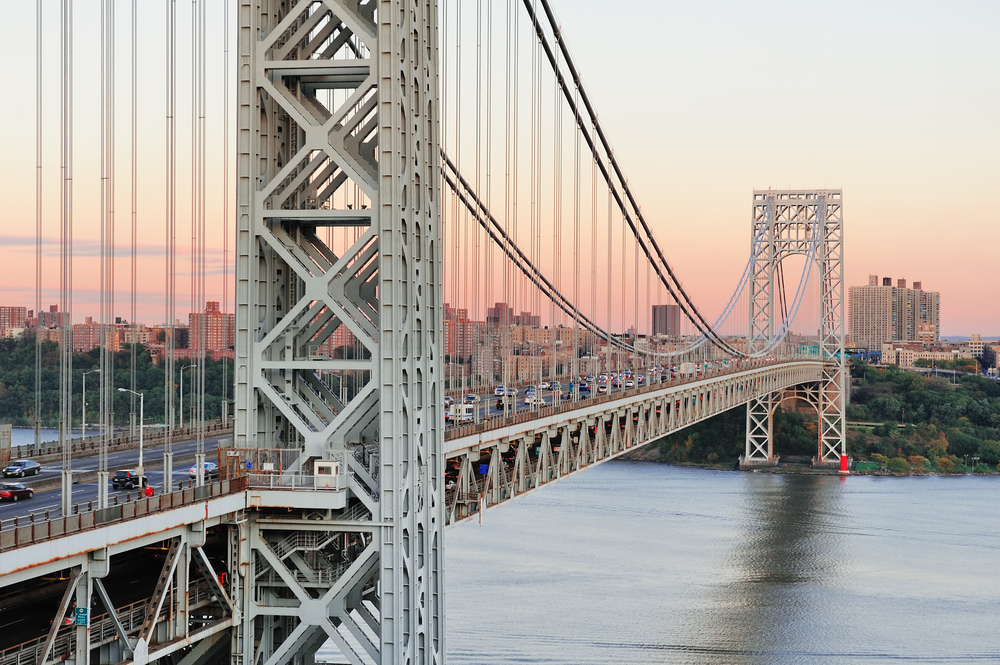
The George Washington Bridge carries more traffic than any other.
On average, almost 290,000 cars, buses, and trucks traveled across the George Washington Bridge each day in 2016, the most recent data available.
The bridge, which opened to traffic in 1931, connects Manhattan with New Jersey over the Hudson River. The bridge was built — and expanded in 1962 — to handle record-breaking traffic. It has a total of 14 lanes of traffic (eight on the upper level, completed in 1931, and six on the lower level, added in 1961).
Interesting fact: There are two sidewalks on either side of the upper span of the bridge. Pedestrians and bicyclists usually cross the George Washington Bridge using the southern sidewalk because the northern one is normally closed.
Longest covered bridge
Hartland Bridge, New Brunswick, Canada
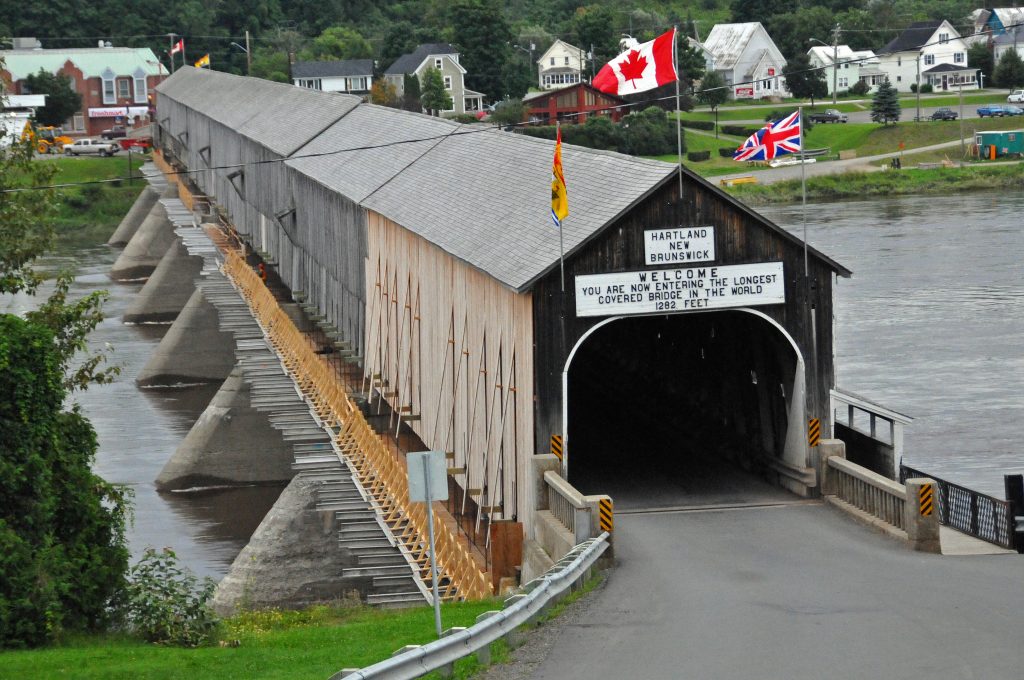
The Hartland Bridge is the longest covered bridge in the world.
While the northeastern and midwestern parts of the United States are known for their covered bridges, the longest one is located in Canada. The 1,282-foot bridge, which crosses the St. Johns River, was opened in 1901.
It was originally financed by a group of local citizens, who sold it to the government five years later.
Interesting fact: The quaint Hartland Bridge has a bit of a “racy” past. While it made sense to cover the bridge because of the area’s winter weather, people were worried that it might encourage risqué behavior among townspeople. The worries may have been well founded. There are long-ago stories of people on horseback stopping halfway across to steal a kiss.
Most unusual bridge supports
Golden Bridge, Vietnam
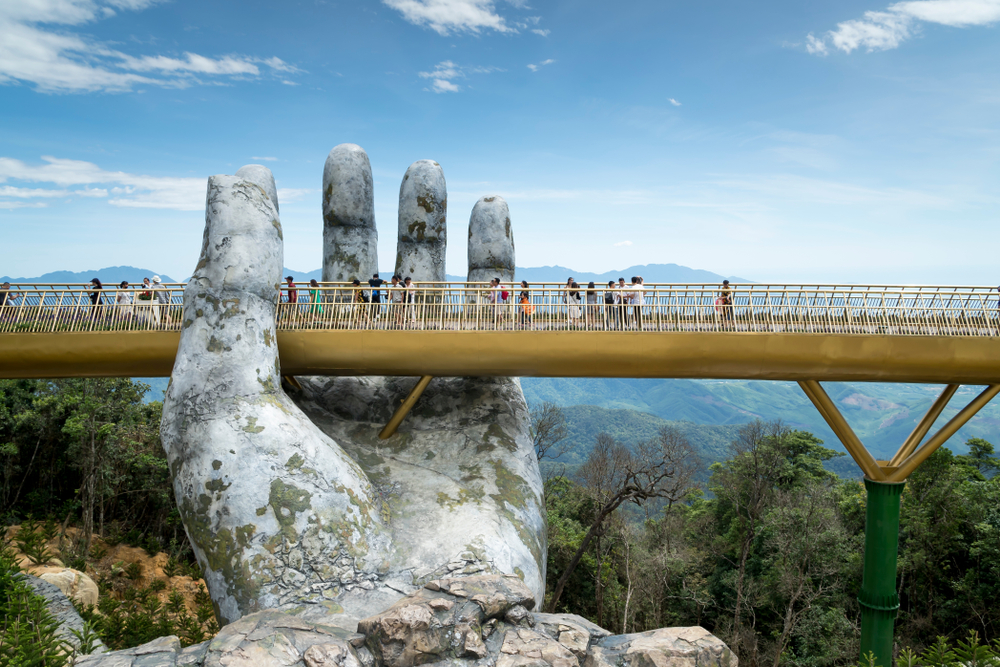
Stone hands appear to support the Golden Bridge in Vietnam.
A bridge that opened this year just outside Da Nang in Vietnam has the most unique supports of any on the globe. It’s held up by two giant hands that look like they’re made of stone.
Known as the Golden Bridge, this pedestrian viaduct stands almost 4,600 feet above sea level in the Ba Na hills. The 150-foot curving walkway is golden in color and provides unique views of the countryside around it.
The sculpted hands that hold up the walkway make it one of a kind.
Interesting fact: The hands look like they’re carved out of stone, but they’re actually made from steel mesh covered with fiberglass.
Most photographed bridge
Golden Gate Bridge, California
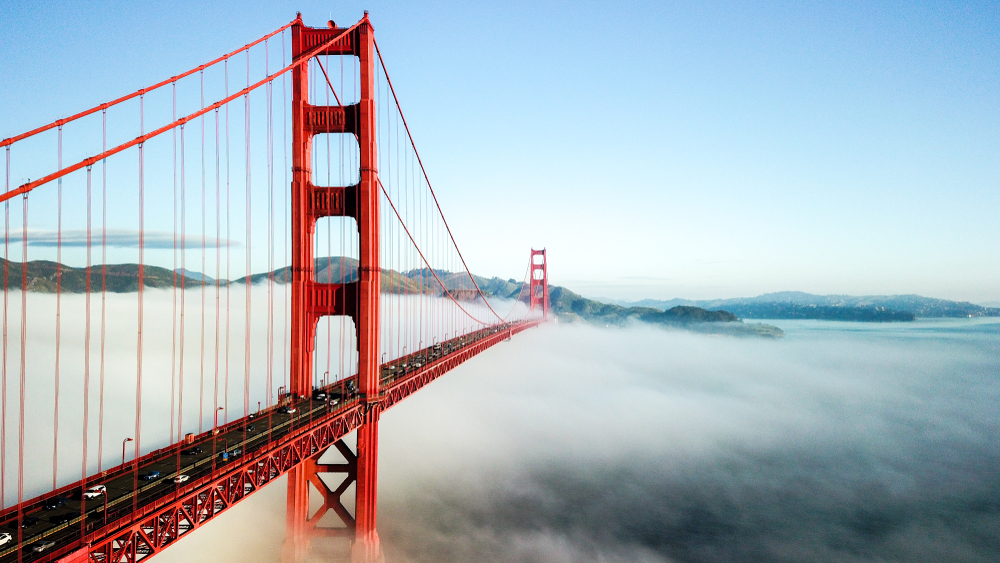
The Golden Gate is the most photographed bridge anywhere.
While not statically proven, the Golden Gate Bridge is believed to be the most photographed viaduct in the world. In one study that tracked text tags on Flickr, the Golden Gate came out ahead of the Tower Bridge in London, the Ponte Vecchio in Florence, and the Brooklyn Bridge in New York City.
Its unique orange color, which stands out against the coloring of its natural surroundings and fog, make it irresistible to photographers.
Interesting fact: The Golden Gate Bridge is visible from so many parts of San Francisco, it is often an unintentional background in many photographs.
Most bricks used on a bridge
Goltzsch Valley Bridge, Germany
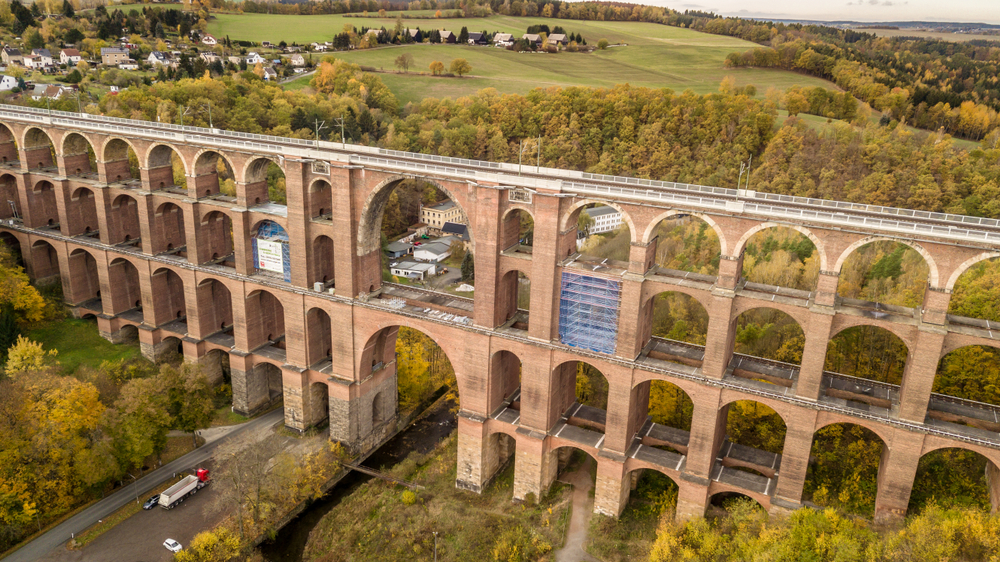
The Göltzsch Viaduct is built of more than 20 million bricks.
At a time when most bridges are constructed of steel and concrete, the Göltzsch Valley Bridge stands out. The third-of-a-mile-long structure was built using approximately 20 million bricks.
It is the largest brick viaduct anywhere, and when it was completed, it was the tallest railway bridge in the world. It spans the Göltzsch River valley connecting Mylau and Netzschkau, supporting two railway tracks. This striking structure is almost 1,900 feet long and more than 250 feet high. Construction began in 1846 and was completed five years later.
Interesting fact: Brick might seem like an odd and expensive choice for building a bridge. However, it makes total sense in this part of Saxony, where there were several large clay deposits, making bricks a cheap and plentiful resource.

